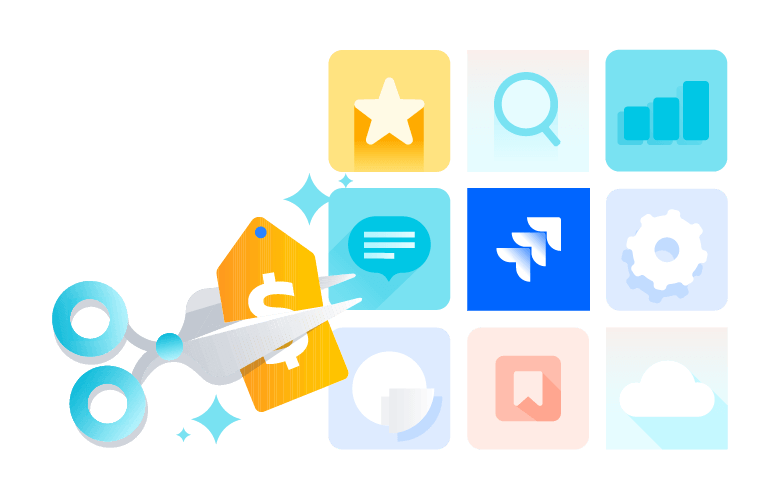In today’s SaaS-driven world, users no longer just want feature-rich software — they expect seamless experiences across the tools they use daily. Designing an integration-first user experience (UX) is no longer a nice-to-have — it’s becoming essential.
From Standalone Features to Connected Experiences
Most modern teams rely on multiple SaaS tools: project management (Jira, Trello), communication (Slack, Teams), documentation (Confluence, Notion), and more. But this brings a growing challenge — fragmented workflows.
Instead of flowing smoothly, users are constantly switching contexts, re-entering data, or struggling with disconnected systems. This hampers productivity, drives up training costs, and leads to frustration.
What Is Integration-First UX?
Integration-First UX is a product design approach that assumes your software will not operate in isolation — but rather as part of a broader ecosystem.
It goes beyond offering “connectors” as an afterthought. Instead, integration is baked into the core user journey from day one:
Open APIs
SSO support
Embedded UI components
Compatibility with AI assistants (e.g., Rovo, Copilot)
Native integration with collaboration hubs
Why Is This Trend Accelerating?
🧠 Users Work Across Multiple Platforms
A single employee might juggle Jira, Slack, Google Sheets, and Zoom in the same workflow.
If your app doesn’t plug into that workflow, it gets left behind.
⚙️ Process Automation = Productivity
Well-integrated tools eliminate redundant work.
Users can pull data, trigger workflows, or take action without switching tabs.
🤖 AI Assistants Thrive on Integration
Tools like Atlassian Rovo, Microsoft Copilot, and others rely on clean APIs to surface and act on app data.
Apps not built for integration are invisible in AI-powered workspaces.
💡 Lower Training Costs, Higher Adoption
A smoother, connected experience = shorter onboarding + better user satisfaction.
Examples of Integration-First UX in Action
Atlassian Rovo: Lets users interact with apps (e.g., Jira, Confluence) through a command bar — but only apps with tight integration are usable.
Notion API, Slack Canvas, Microsoft Loop: These tools are built to embed, pull, and push data across systems.
Forge apps on Atlassian: Designed to run inside Jira/Confluence with native UI and workflow hooks.
Why It Matters for SaaS Builders
🔁 Stickier products: Users are less likely to churn when your app fits into their existing ecosystem.
💼 B2B buyers love integration: Especially when it aligns with team efficiency and data centralization.
🌍 Marketplace expansion: Integrated apps perform better on platforms like Atlassian Marketplace, Salesforce AppExchange, etc.
🔐 Future-proofing for AI Workflows: If your app is visible to AI assistants, it stays relevant longer.
Tips for Building Integration-Ready UX
Treat integration as a core feature — not an afterthought.
Design for AI & assistant compatibility:
Well-structured data
Searchable content
Clear API endpoints
Use proven tech practices:
Webhooks & public APIs
OAuth & SSO
Embed-ready UI components
API versioning for stability
Integration-First UX is not just a trend — it’s the new standard.
As AI-powered assistants and cross-platform workflows become the norm, SaaS products that fail to integrate will lose out — regardless of how great their features are in isolation.
📩 Are you building a SaaS platform or integration with Atlassian, Google Workspace, or other enterprise ecosystems?
Let’s talk! At DS Solution Vietnam, we help SaaS teams build modern, integration-ready products — fast.





